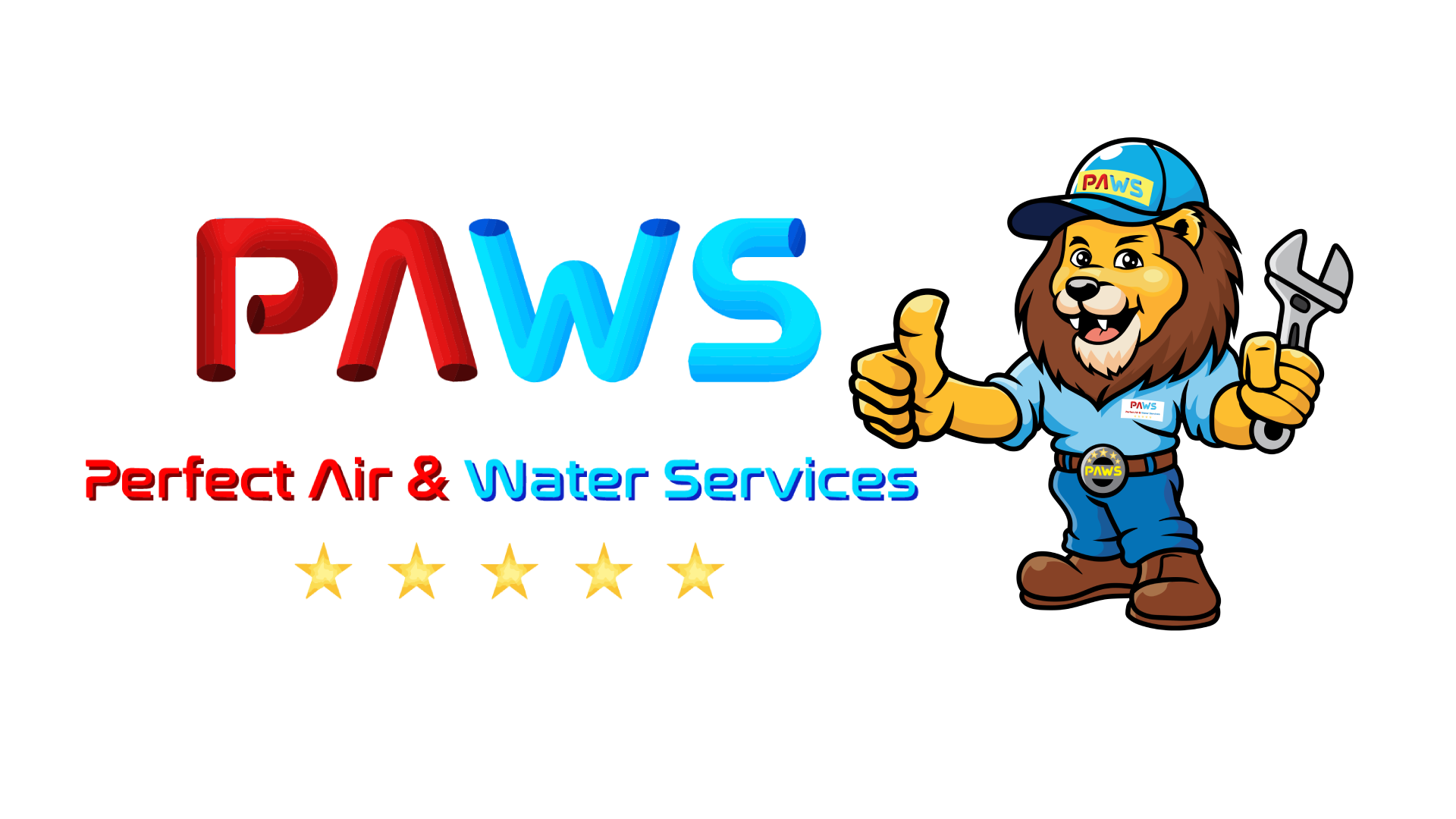
A furnace is usually a background player at home, keeping you warm in the cold winter months. It frequently doesn’t get noticed until a malfunction appears.
One source may be that your furnace has a cracked heat exchanger. It’s a potentially dangerous issue, so it’s critical to know the signs of a cracked heat exchanger and what you should do if you suspect that might be the problem.
What Is a Heat Exchanger in a Furnace?
A heat exchanger transfers heat from the combustion chamber inside your furnace to the air that flows through the ventilation. It typically accomplishes this through coils or tubes that heat up the air while acting as a barrier to keep byproducts created in the combustion chamber, called flue gasses, from leaking out into your home.
Is a Cracked Heat Exchanger Dangerous?
Thanks to its key role, it’s no surprise that a broken heat exchanger can pose a risk. A crack in the heat exchanger can enable dangerous gasses – including carbon monoxide, which can be lethal – to be distributed throughout your home.
For this reason, don't ever use your heater if you believe there's a crack in the heat exchanger, as this could make the entire family ill. Reach out to an HVAC professional immediately if you are worried your furnace has a cracked heat exchanger that needs repair.
Four Signs of a Cracked Heat Exchanger:
- Furnace shuts off: A crack in your heat exchanger can cause your furnace to turn off.
- Unusual Smells: If the air leaving your furnace has an intense chemical scent, it may be evidence gasses are leaking through cracks in your heat exchanger. These byproducts, which may smell like formaldehyde, are a common warning sign.
- Carbon monoxide alarm initiates or you notice health problems: If a cracked heat exchanger is releasing carbon monoxide inside your home, your carbon monoxide alarm could go off or household members may struggle with signs of carbon monoxide poisoning. Side effects include headaches, dizziness, weakness, nausea, vomiting or feeling tired. If your alarm goes off or you feel unwell, get out of the home immediately and then call for help.
- Soot: If you see black sooty buildup on the exterior of your furnace, it’s more evidence something might be seriously wrong.
What to Do if the Furnace Heat Exchanger is Cracked
If you worry your furnace has a cracked heat exchanger, hire a pro experienced in furnace installation Freehold right away so they can inspect your system and, if required, handle a furnace heat exchanger replacement. Costs often vary depending on the situation, but estimates often hover around $1,000 to $3,000.
Fortunately, the good news is that heat exchangers are generally included in the warranty. It's a good idea to confirm the warranty paperwork on your furnace, as while the warranty might not cover the entire cost of repairs, it can significantly reduce your bill.
How to Avoid a Cracked Heat Exchanger in Your Home
One of the best ways to avoid problems in your furnace overall is via routine furnace maintenance. Furnaces work the best when they operate efficiently. Contacting a skilled professional to inspect your furnace for old parts, clogged filters and other common problems can keep you from getting a big bill later on.
It’s also a good idea to review your furnace filters every few months – it’s ideal some filters be changed every 90 days or sooner if they are dirty or grimy. While the filters aren't a part of the heat exchanger itself, the strain of drawing air through a clogged filter makes the entire furnace work harder to do its job. And the harder your furnace needs to run, the more wear and tear components like the heat exchanger will sustain.
